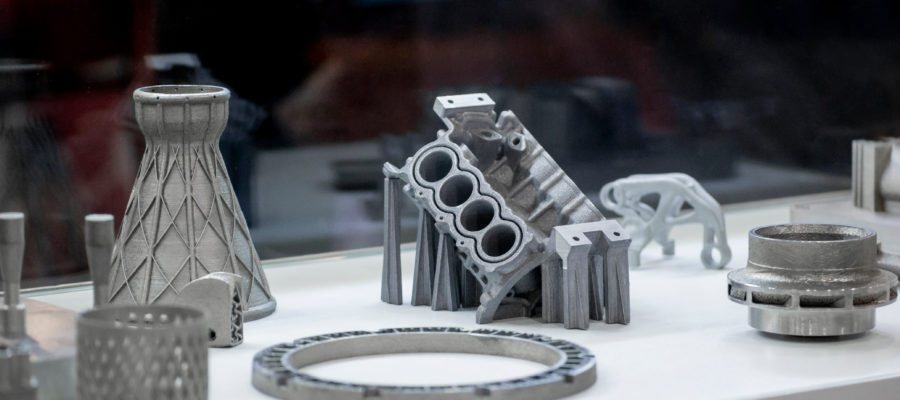For product designers and engineers, one of the most enticing benefits of 3D printing is the “domino effect” of possibilities it presents. Starting with the options opened up by additive manufacturing versus traditional processes, you go down an enviable path that leads first to more complex geometries, then to more prototype iterations and ultimately leading to faster development times.
Along the way, additive manufacturing offers the opportunity for consolidated assembly, which is the combination of parts into fewer assemblies that have a variety of functions.
The advantages of assembly consolidation are clear.
- Design Specific Applications – Consolidated assemblies are designed only for a specific purpose, versus each part being designed for ease of manufacturing too. This generally results in higher performance specifications compared to conventional assemblies.
- More Efficient Production – Producing a single part through 3D printing is far more efficient than manufacturing a variety through traditional processes and assembling them later.
- Cost Savings – In addition to the “usual” cost benefits of 3D printing, like fewer raw materials and less waste, assembly consolidation allows for lightweight finished products due to the elimination of screws and fasteners, and simplified materials lists and assembly.
Assembly Consolidation in Design for Additive Manufacturing Use Cases
Roller Screw
Steam power plants use linear actuators to open and close pilot valves. This roller screw is an integral part of the actuator.
Producing the screw with traditional manufacturing processes means using a lathe to machine the threads. Gears are made separately and assembled on both ends of the screw with adhesive and set screws.
Additive manufacturing allows the entire screw to be made as a single part, which accelerates production times and reduces costs.
Fluid Connector
Fluid connectors like this are used in the processing of chemicals. The combination of complex geometry, an internal channel and the need for threads would make it impossible to use traditional manufacturing to make the connector.
In addition to shorter manufacturing times, 3D printing gives the connector increased performance specifications for a lower cost per part.
Crankshaft Starter Gear
Used in motorcycle engines, the starter gear connects the crankshaft to the generator to initiate the starting of the engine.
The gear would need to be cast, then precision machined to create the teeth of the gear. Additive manufacturing means the part can be prototyped, tested and manufactured without the complex, timing-consuming processes.
To learn more about the uses of 3D printing, check out our article “How 3D Printing is Used in Dental Modeling”.
